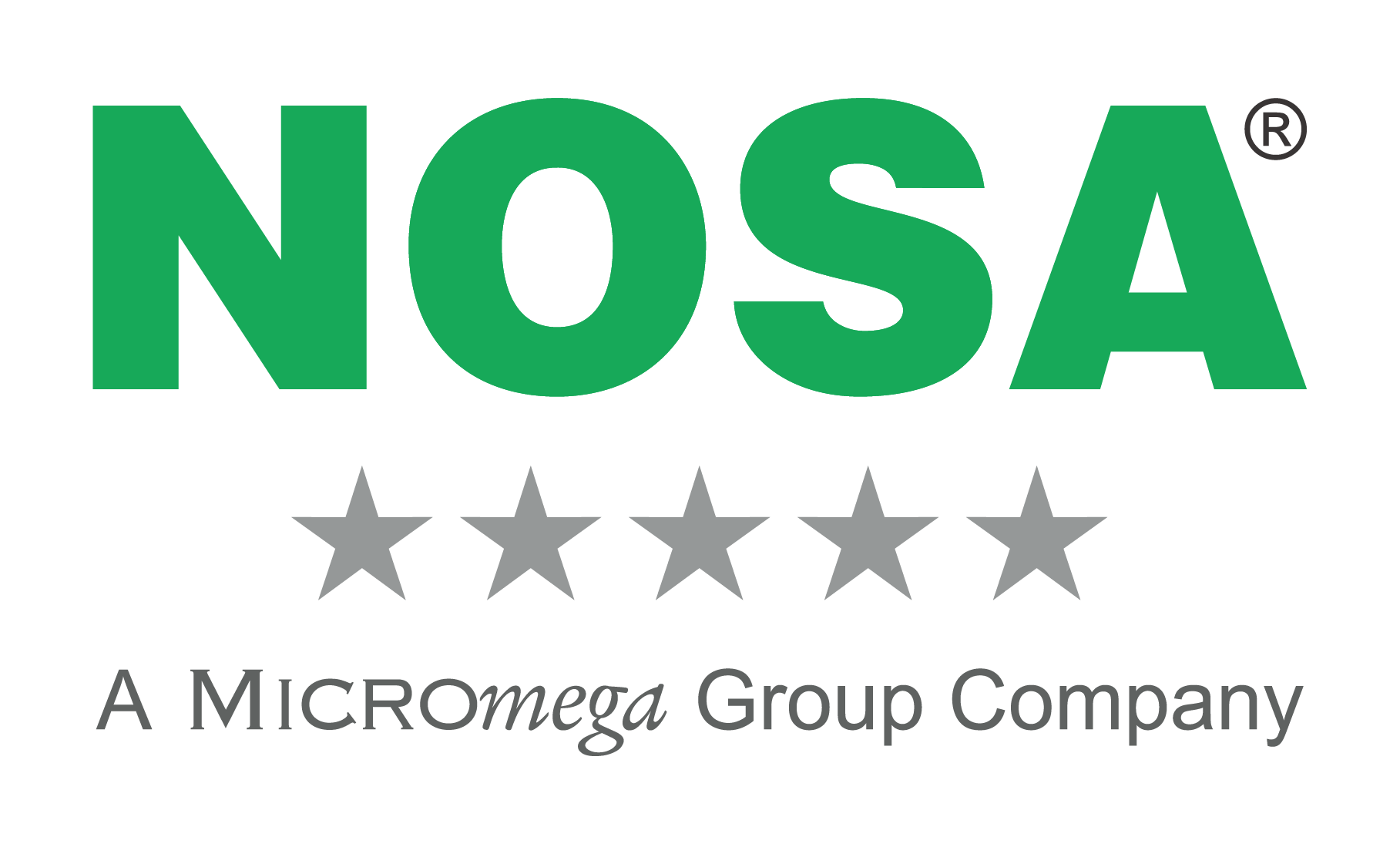It’s what everyone wants to know – where, and with whom, does the buck stop? When it comes to workplace health and safety, this question is exceptionally important because we all need to know how we are legally accountable for all our actions, and our options and obligations should an employee or colleague be hurt (or worse – die) as a result of these actions.
Today’s blog breaks down each and every person responsible for comply with health and safety legislation.
Responsible person #1: The employer
The Occupational Health and Safety Act (OHS Act) requires any employer to implement and maintain (as far as reasonably practicable) a safe work environment that is without risk to their workers. This means that if you are an employer, you need to ensure your workplace is free from:
- hazardous substances (such as benzene, chlorine and micro-organisms)
- articles
- equipment
- processes
that may cause injury, damage or disease.
If this is not possible, as an employer you must inform your workers:
- of these dangers
- how they may be prevented
- how to work safely
- how you plan to provide other protective measures for a safe workplace.
Employer responsibilities when it comes to equipment
As an employer, you must provide and maintain all the equipment that is necessary to do the work, and all the systems you need to do the work, in a condition that will not affect the health and safety of workers. Before you issue personal protective equipment (PPE), you must first try to remove or reduce any danger to the health and safety of your workers.
Ensuring your employees comply
To make sure your employees are complying with their duties, as an employer, you must:
- identify potential hazards that may be present during work being done, something being produced, processed, used, stored or transported, and any equipment your employees are using
- establish the precautionary measures necessary to protect your workers against the hazards you’ve identified, and provide the means to implement these precautionary measures
- provide the necessary information, instructions, training and supervision (while keeping the extent of workers' competence in mind). In other words, you need to tell them what they may and may not do
- ensure no one carries on with any task unless they have taken the necessary precautionary measures
- take steps to ensure that every person under your control complies with the requirements of the OHS Act
- enforce the necessary control measures in the interest of health and safety
- see to it that the work being done and the equipment used, is under the general supervision of someone trained to understand the associated hazards
- such a worker must ensure that the precautionary measures are implemented and maintained.
Ensure you inform your employees
You must see to it that every one of your employees is informed and clearly understands the health and safety hazards of:
- any work done
- anything produced, processed, used, stored, handled or transported
- any equipment or machinery used.
You must then provide information about the precautionary measures you have implemented against these hazards.
Ensure you inform your health and safety representatives
As an employer, when an inspector lets you know that an inspection or investigation will be conducted on your work premises, you need to inform your health and safety representatives. You must also inform health and safety representatives of any application for exemption made, or of any exemption granted to you in terms of the Act. You must also, as soon as possible, inform the health and safety representatives when an incident in the workplace occurs.
When can an employer be prosecuted?
When an employer does something (which in terms of the OHS Act is regarded as an offence), you the employer are responsible for that offence, and you can be found guilty and sentenced for it, unless you can prove that:
- you did not give your consent
- you took all reasonable steps to prevent it
- your employee did not act within the scope of his or her competence (in other words, the employee did something which he or she knew he or she should not have done).

But, as an employer, the good news is you are not solely responsible for health and safety. To properly address your workplace dangers, you and your employees must communicate and co-operate. This means sharing the responsibility for health and safety, and proactively identifying dangers and developing controls to make the workplace safe.
Responsible person #2: The worker
As a compliant employee, or worker, you are involved in a system where health and safety representatives may inspect the workplace regularly and then report to a health and safety committee, who in turn may submit recommendations to the employer. To ensure that this system works, every worker must know his or her legal rights and duties.
A worker’s rights
As a worker, and under the OHS Act, you have the following rights:
The right to information
You must have access to:
- the OHS Act and its regulations
- health and safety rules and procedures of the workplace
- health and safety standards which the employer must keep at the workplace.
You have the right to ask your employer to inform you about:
- health and safety hazards in the workplace
- the precautionary measures you must take
- the procedures that you must follow if you are exposed to substances hazardous to health.
You are also allowed to request that your private medical practitioner investigate your medical and exposure records. If you are a health and safety representative, you may investigate and comment in writing on exposure assessments and monitoring reports.
The right to participate in inspections
If you are a health and safety representative, you may accompany a health and safety inspector from the Department of Labour during an inspection of your workplace and answer any questions the inspector may ask.
The right to comment on legislation and make representations
You may comment or make representations on any regulation or safety standard published under the OHS Act.
The right not to be victimised
Your employer may not dismiss you from his service, reduce your salary or reduce your service conditions because:
- you supplied information, which the Act requires from you, to someone who is charged with administrating the OHS Act
- you complied with a lawful notice (e.g. a prohibition, contravention notice, etc.)
- you did something (which in terms of the Act you should have done)
- you did not do something (which in terms of the Act is prohibited)
- you have given evidence before the Industrial Court or a court of law (on matters regarding health and safety).
The right to appeal
You may appeal against the decision of an inspector. You need to refer your appeals in writing to the Chief Inspector, Occupational Health and Safety, Department of Labour, Private Bag X117, Pretoria, 0001.
A worker’s duties
If you’re a worker it is your duty to:
- take care of your own health and safety, as well as that of anyone else who may be affected by your actions or negligence to act. This includes playing at work. Many people have been injured and even killed because of horseplay in the workplace, and this is considered a serious contravention
- cooperate with your employer (where the Act imposes a duty or requirements on you)
- give information to an inspector from the Department of Labour if they require it
- carry out any lawful instruction, which your employer or authorised person prescribes with regard to health and safety
- comply with the rules and procedures that your employer gives you
- wear the prescribed safety clothing or use the prescribed safety equipment where required
- report unsafe or unhealthy conditions to your employer or health and safety representative as soon as possible
- if you are involved in an incident that may influence your health or cause an injury, report that incident to your employer, and authorised person or the health and safety representative as soon as possible, but no later than by the end of the shift.
Responsible person #3: Manufacturers, designers, importers, suppliers and sellers
Manufacturers, designers, importers, sellers and suppliers must ensure that:
- their articles are safe and without risk to health and comply with all prescribed requirements
- when a structure or an article is installed on any premises, it must be done in such a way that neither an unsafe situation not a health risk is created.
Ensure safe handling of substances
You must ensure that:
- such substances are safe and without risk to health when it is used properly
- information is available on the:
- use of the substance at work
- health and safety risk associated with the substance
- conditions that are necessary to ensure that the substance will be safe and without risk to health when properly used
- procedures in case of an accident.
If you have supplied or sold a substance to a person, you must undertake, in writing, that you will take specified steps to ensure that the substance meets all the prescribed requirements, and will be safe and without risk to health.
Responsible #4: Health and safety representatives
When must health and safety representatives perform their activities?
All activities must be performed during normal working hours.
What may health and safety representatives do?
Health and safety representatives are entitled (and obliged) to do the following:
- Health and safety audits
- Identify potential dangers
- Investigate incidents
- Make representations
- Conduct inspections
- Attend committee meetings
How often do health and safety representatives meet?
You must meet whenever it is necessary, but at least once every three months. The committee determines the time and place. However, if 10% or more of the workers put a request for a meeting to the inspector, the inspector may order that such a meeting be held at a time and place, which he or she determines.
Sources:
My Wage




